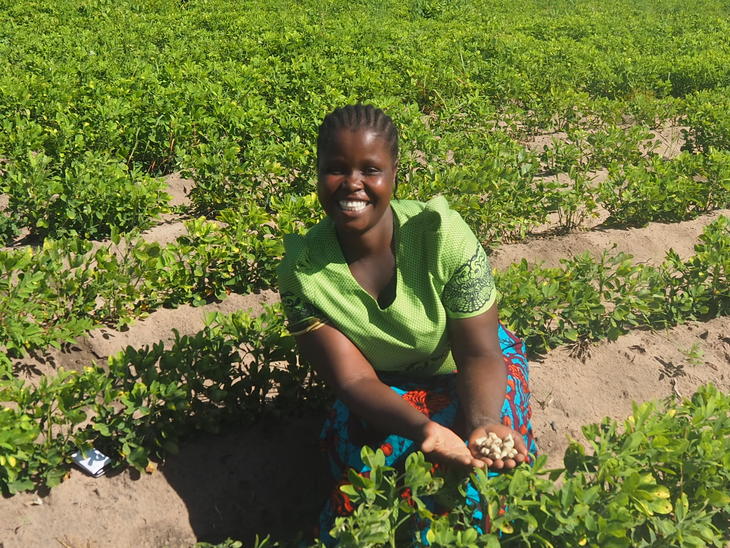
Option 7A
Involve farmers in the characterization, evaluation and selection of PGRFA, including landraces/farmers’ varieties, and/or new varieties, populations and genebank accessions.
Involving farmers in the characterization, evaluation and selection of PGRFA involves growing larger sets of PGRFA for testing purposes, with the aim to identify those that are most suitable for direct use and/or further breeding.
Genebank accessions, traditional or farmers’ varieties, evolutionary populations, newly bred varieties or variety “candidates” from breeding programs may all be included in such trials. The focus may also be on introducing new crops or species that have so far not been cultivated by farmers in a given area. Implementing organizations may want to carefully assess if introduced PGRFA could have any negative impacts on existing PGRFA, biodiversity or livelihoods, particularly of farmers and indigenous communities, take precautionary measures as necessary and ensure that any introduction of PGRFA is in accordance with national law.
Through joint activities for the characterization, evaluation and selection of PGRFA, both farmers and researchers may apply, share, deepen and enrich their knowledge. Farmers, including women and men, may make choices based on their own observations and judgement and, depending on how the activities are set up, access seed or planting material for further evaluation or direct use. They may also participate in making decisions on a further course of action.
Example(s) of possible measures:
- Collaborative research to assess germplasm for climate-change adaptation and food security in mountain areas of Albania (Albania/Europe). Click here
- Potato Accelerated Release Program (Canada/North America). Click here
- Farmer participatory approach in increasing genetic diversity in farmers’ fields with exotic taro plant genetic resources (Papua New Guinea/South West Pacific). Click here
- Facilitation of family farmers and their organizations' access to plant genetic resources for agroecological food production (Uruguay/Latin America and the Caribbean). Click here
- Participatory tree domestication of indigenous tree species (Burkina Faso, Cameroon, Mali, Niger, Senegal/Africa). Click here